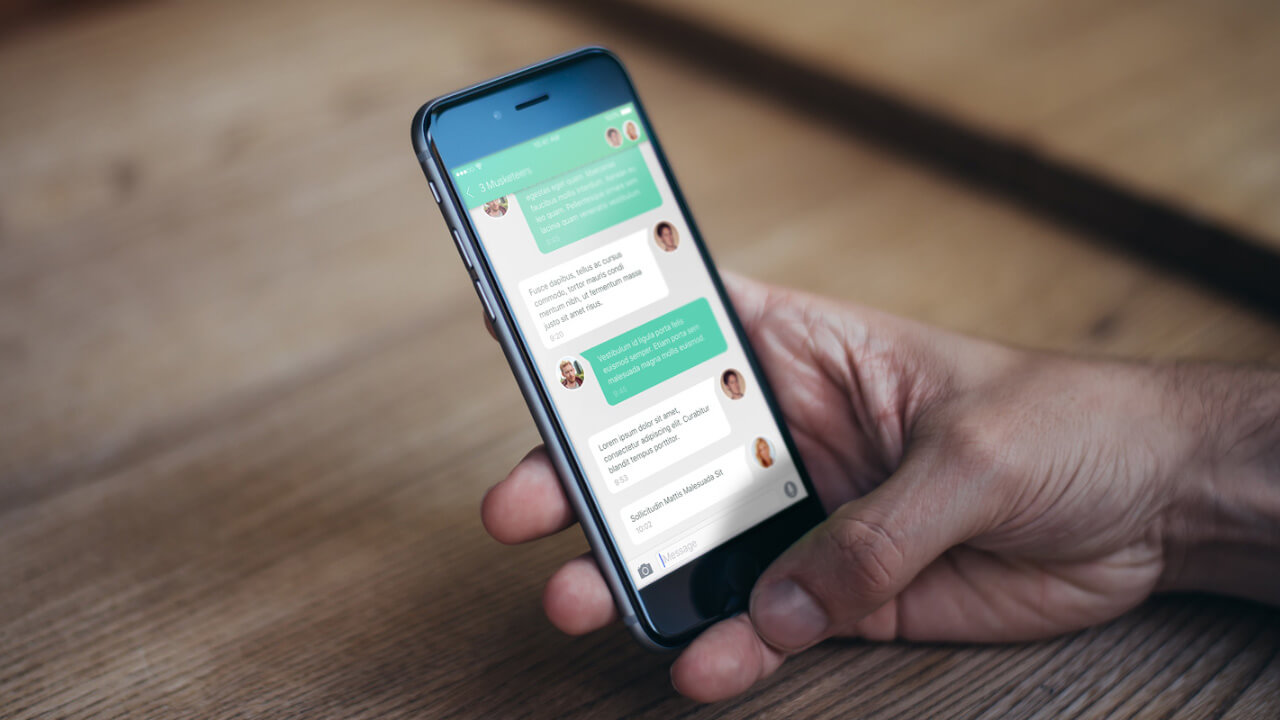
Facebook recently removed third-party ad targeting segments, which were built into the Advanced Audience page. Called Partner Categories, these segments included supplemental material from Experian, Axciom, Oracle Data Cloud, and other sources of personal data.
While these tools were considered helpful means for targeting users based on their offline activity, there are other robust tools within Facebook that enable brands to take advantage of their first-party data in targeting the right audiences.
If your business has been affected by these recent changes, know that all is not lost—there are ways you can continue to engage your audience with Facebook’s Custom Audiences tool. Here’s how to use this tactic to your advantage.
Using Facebook Custom Audiences
Attracting more customers is possible using the Custom Audience tool. Marketers can target ads to the audience they’ve created on Facebook, Instagram, or Audience Network. Building custom audiences based on your first-party data such as past customer lists provides many advantages, including:
- Generating sales from past contacts: Ads can be re-targeted to those who were interested before but didn’t make a purchase.
- Enticing loyal customers: New initiatives can be offered to past customers, including exclusive discounts and promotions.
- Website re-targeting: This allows brands to show ads to those who visited your website but did not make a purchase.
- Re-targeting in-store traffic: Brands can re-target ads to consumers within days after them showing interest in your product or service.
If you have never built custom audiences, you may be wondering where to find the necessary information. Fortunately, custom audiences can be built with data you already have. Here are a few custom audience sources to consider:
- Engaged Users: Targeting those who’ve already engaged with your content is a straightforward way to increase conversions. Brands can create custom audiences based on those who have interacted with your page, “liked” Instagram photos, or watched your videos. By sorting users into this audience, you can focus on a highly targeted group of people who are already interested in your products or services.




